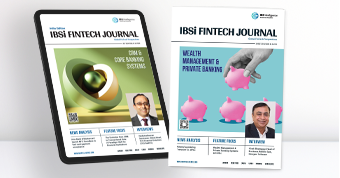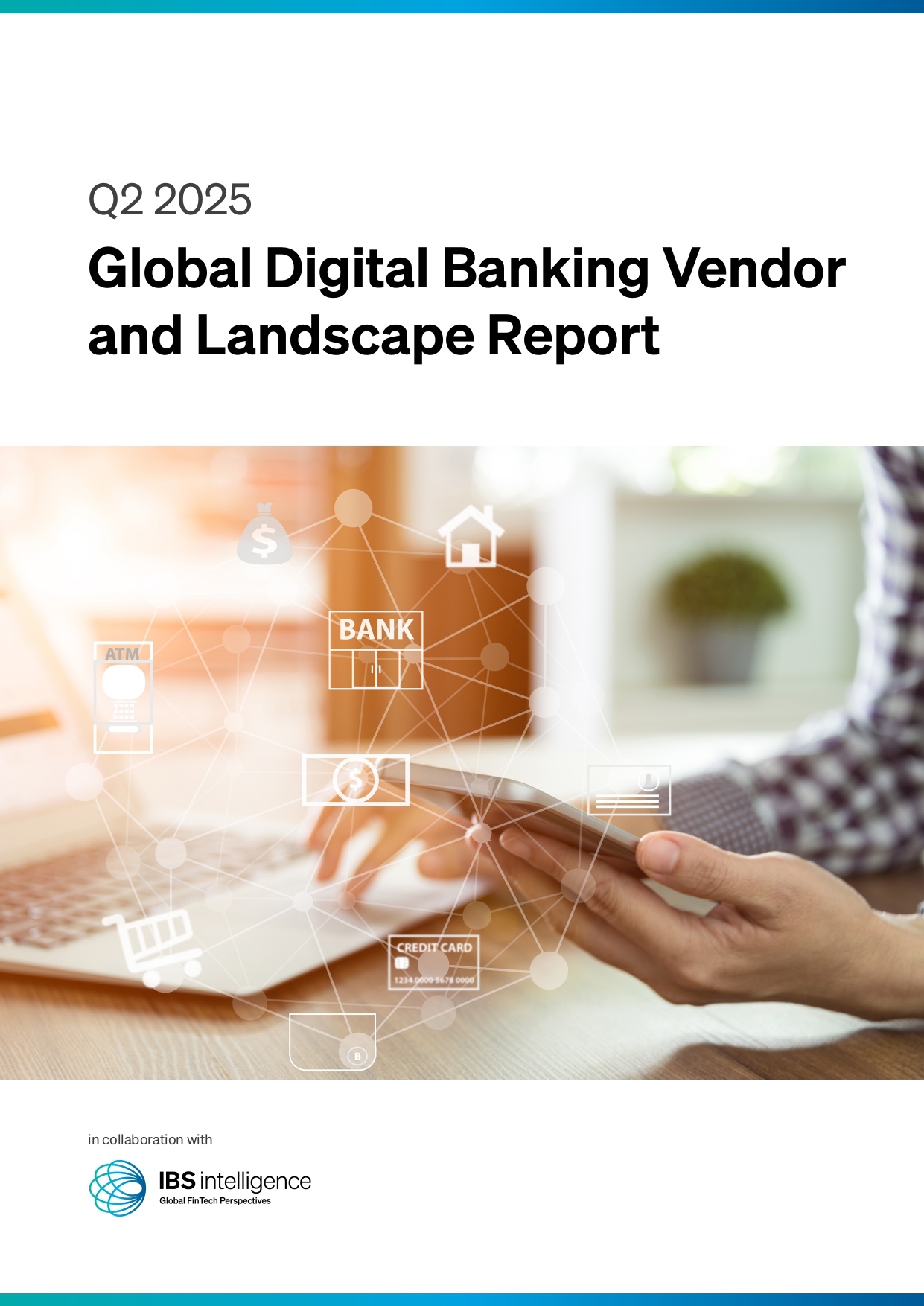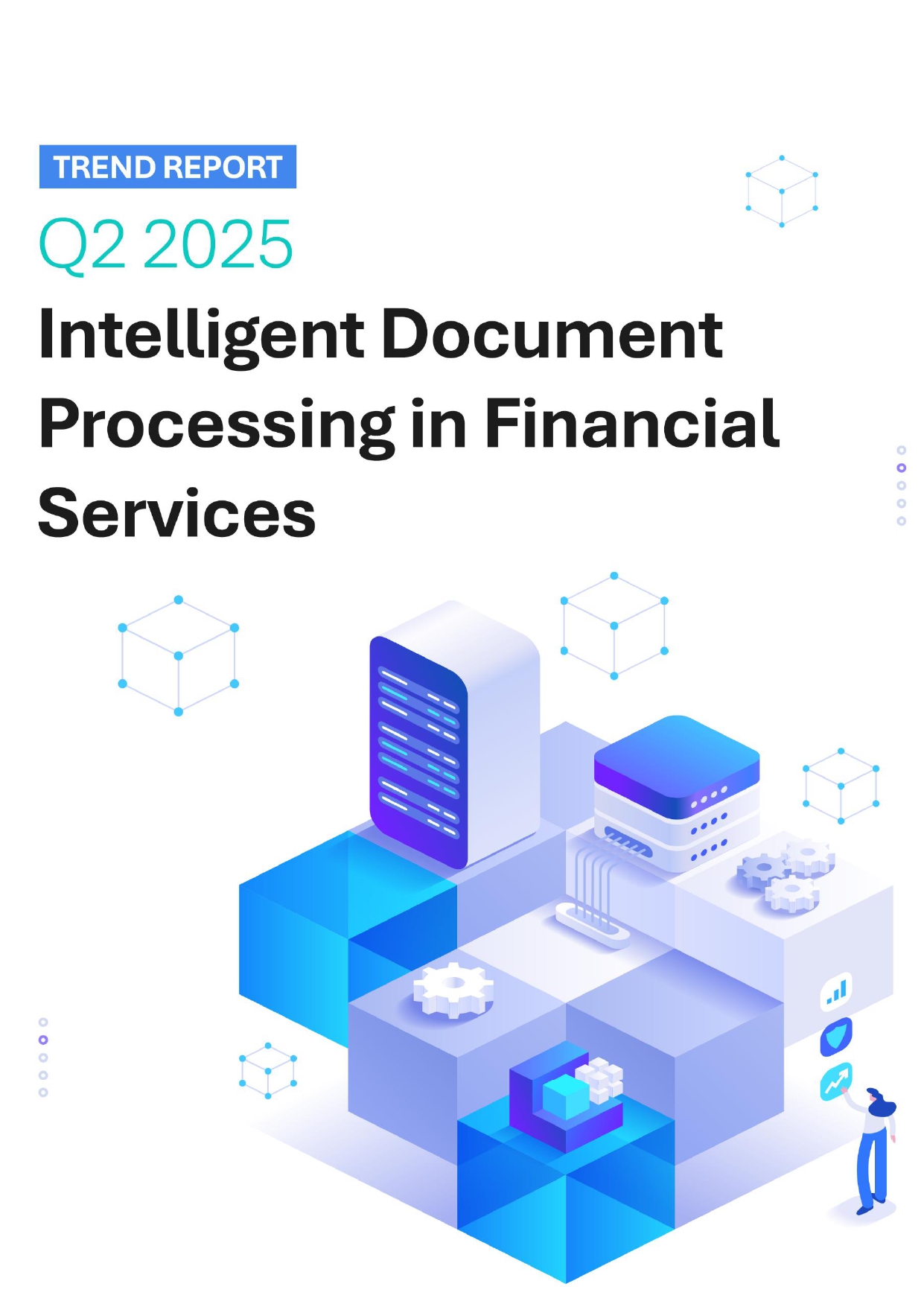 Back
Back
IDEX: Touch-free authentication in a post-COVID world
David Orme, SVP, Sales & Marketing, IDEX Biometrics ASA
The coronavirus pandemic has changed consumer behaviours and attitudes towards digital payments. While previously, consumers were happy to punch in a PIN, or even provide a signature for a purchase, they are now familiar with more convenient and safer touch-free methods, and this is unlikely to change following the pandemic.
Since the beginning of lockdown, when the World Health Organization encouraged people to not use cash, touch-free authentication has played a pivotal role in helping to reduce the spread of the virus. However, as shops and restaurants across the world begin to reopen, we are seeing an increasing number of people making payments via touch-pads. As we return to the ‘new normal’, the global payments industry must now consider how we can protect consumers from the pandemic and reduce the risk of another outbreak.

During the pandemic, touch-free payments began to gain international traction across the world, changing behaviour during the payment process. Contactless payments has also continued to grow since the reopening of the economy. In Europe, high street stores have rapidly shifted to contactless payments, often refusing to accept cash. Meanwhile in the USA, levels of contactless payments have rocketed since the pandemic, after a slow initial adoption of the service – US banks only adopted contactless cards in 2019 compared to 2007 in the UK. According to Visa, overall contactless usage in the USA has grown 150% year-on-year as of May 2020.
Even mega-retailer, Walmart, has recently introduced contactless options for in-store shopping and delivery to protect its customers during the pandemic – showing there is growing demand for a touch-free and convenient way to pay across the world. This has raised awareness of touch-free payments among consumers looking to reduce contact-based interactions and time spent at the checkout during the pandemic.
Tapping into the future of mobile payments
Mobile payments are continuing to grow in popularity, again, showing the desire for touch-free authentication among consumers. According to Forbes, the US mobile payment market – currently only sixth in the world – has increased 41% and is worth more than $98 billion.
To respond to the growth of touch-free payments among small vendors, PayPal has launched a new QR code-based payment app that allows market stall holders or businesses without a PoS machine to accept payment through a code. This means even the smallest of merchants, from small stores and farmer’s markets to craft sales, can now go cash-free and use touch-free payments for everything.
Meanwhile, China has long been using QR code-based apps, such as WeChat Pay from tech giant TenCent and AliPay from Alibaba. The apps are so widely used that street vendors display QR codes for payments and together the two fintech giants control about 90% of China’s digital payments market.
Payment cards remain king
At the same time, payment cards are still consumers preferred way to pay. Of course, we only need to look to Apple and Google, who recently have launched physical payment cards despite running mobile payment apps for further proof that payment cards are far from dead.
So why aren’t cards on their way out, given the growth of mobile payments?
 We know that consumers still look to payment cards for security and a sense of familiarity while shopping. According to IDEX Biometrics’ research carried out in the UK, only 3% of consumers choose to use mobile payments, while nearly two-thirds (65%) state that carrying their debit card provides a sense of security. And when it comes to touch-free payments, only biometric payment cards can provide the most secure level of validation with an easy digital experience for shoppers.
We know that consumers still look to payment cards for security and a sense of familiarity while shopping. According to IDEX Biometrics’ research carried out in the UK, only 3% of consumers choose to use mobile payments, while nearly two-thirds (65%) state that carrying their debit card provides a sense of security. And when it comes to touch-free payments, only biometric payment cards can provide the most secure level of validation with an easy digital experience for shoppers.
Despite the popularity of WeChat as a payment app, China’s biggest card provider China UnionPay has recognised that its customers aren’t ready to give up on physical payment cards either. China UnionPay has recently certified the first biometric fingerprint card technology in the country as they look to the use of biometric technology in cards to provide an extra layer of security, with added convenience and hygiene during a payment transaction.
Touch-free card payments – the key to securing data
Biometric fingerprint payment cards allow the user to authenticate their ID by touching their finger to the card’s sensor while holding it over the contactless Point of Sale. Therefore, the shopper only has to hold their own card over the PoS system, making the entire transaction process free of public PIN pads or checkout counters. Not only does touch-free payment technology provide consumers with the convenience of contactless or a mobile payment but the process offers far greater security, as the card is personally tied to the owner.
With biometric technologies like fingerprints, facial and voice recognition, and even iris recognition becoming popular in smartphones, consumers are becoming familiar with the technology. It is only a matter of time until biometric identification in payment cards will become essential to help consumers navigate the shopping and transaction process safely, speedily and securely.
As our economy gradually reopens, the financial services industry has a responsibility to protect consumers during the transaction process, whether it’s in stores, on transport systems and even in stadiums. The payment industry must adapt and adopt fingerprint biometric payment cards to ensure touch-free authentication for all, and to keep payments seamless, secure and sanitary.
David Orme
SVP, Sales & Marketing
IDEX Biometrics ASA
IBSi News
Get the IBSi FinTech Journal India Edition
- Insightful Financial Technology News Analysis
- Leadership Interviews from the Indian FinTech Ecosystem
- Expert Perspectives from the Executive Team
- Snapshots of Industry Deals, Events & Insights
- An India FinTech Case Study
- Monthly issues of the iconic global IBSi FinTech Journal
- Attend a webinar hosted by the magazine once during your subscription period
₹200 ₹99*/month
* Discounted Offer for a Limited Period on a 12-month Subscription
IBSi FinTech Journal

- Most trusted FinTech journal since 1991
- Digital monthly issue
- 60+ pages of research, analysis, interviews, opinions, and rankings
- Global coverage
Other Related Blogs
Related Reports

Sales League Table Report 2025
Know More
Global Digital Banking Vendor & Landscape Report Q2 2025
Know More
NextGen WealthTech: The Trends To Shape The Future Q4 2023
Know More
Intelligent Document Processing in Financial Services Q2 2025
Know More

